Where did the great Mongols go?
After the departure of the Mongols from China under the pressure of the Ming troops, which we wrote about in previous articles, as often happens, strife began in the camp of the losers.
About historical sources
For the previous period of the Mongolian stories we had, although not so many, but enough historical sources (chronicles, chronicles, descriptions). For example, in the Russian chronicles, entries about the Mongol invasion are extremely lapidary in nature, and much that “experts” like to talk about is the fruit of the work of historians who reconstructed events and nothing more.
With the death of the Yuan empire in China, Mongolian history again became peripheral.
In Chinese sources, she took the same place that she occupied before the creation of the Yuan empire. That is, the Mongols were interested in the Chinese in so far as.
And many events of this history are restored by professional historians according to sources - records of the XNUMXth-XNUMXth centuries, created, most likely, from oral stories.
Given the fact that oral retelling has its own specifics, and its authenticity needs to be checked and rechecked, then, accordingly, the history of this period is quite fragmentary.
Here is an example.
In the comments on VO to one of the articles on the Mongols, my skeptical remark about the "Buryat scientists" aroused indignation.
The fact is that there really are Buryat sources on the early history of the Mongols, but ... these are oral stories recorded in the second half of the XNUMXth century, and this source naturally raises questions.
Where is the grain of truth, transmitted after several hundred years, which is already problematic in itself?
And where is the mental processing of the knowledge acquired by storyteller grandmothers in the Soviet school in history lessons?
In our work, we relied on professional research of historical sources that have come down to us for this period.
In 1378, the great khan or khan, emperor Ayushiridara or Biligtu (1338–1378), who was born in Yuan, died when the Mongols ruled the entire territory of China. He left to his heir an empire called the Northern Yuan.
His successor was Togus Temur or Tegus-Temur (1342-1388), brother or, according to some sources, son of Ayushiridar.
"Nomadic Empire" and the structure of society
The attempts of the Mongols, which we already wrote about in VO, to regain power over the agricultural territory were unsuccessful.
The nomadic structure of the Mongolian state, like other similar but smaller nomadic empires, was completely parasitic in nature with an appropriating type of economy.
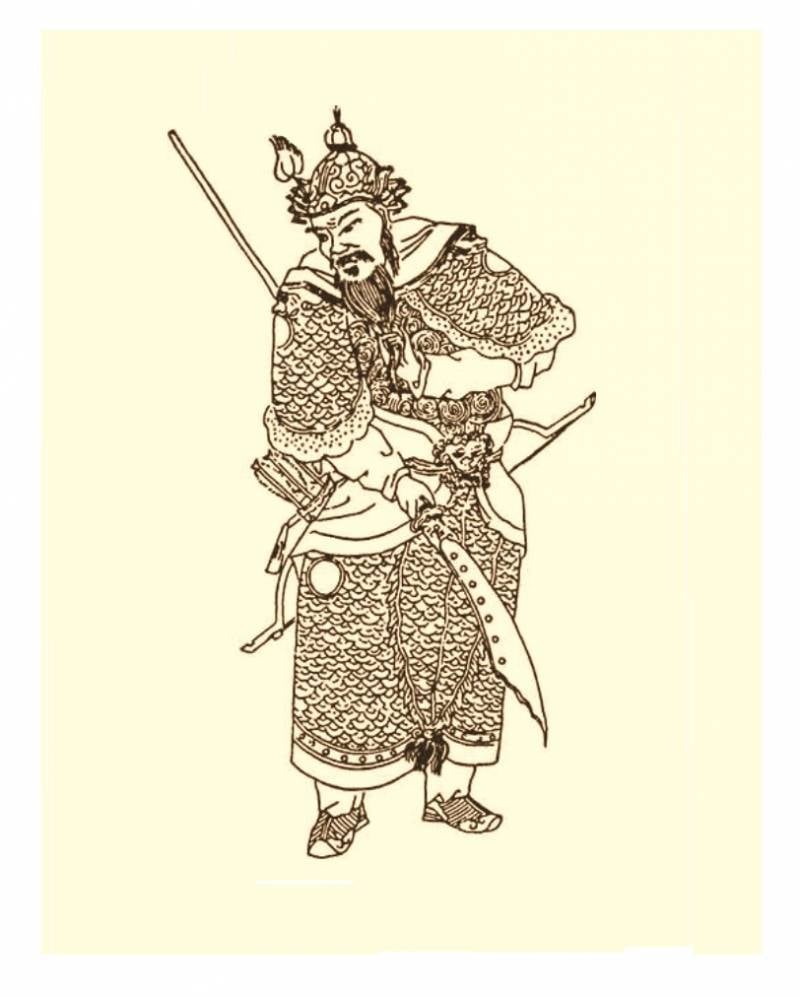
Mongol. Chinese drawing of the XNUMXth century. This is how the Mongol warriors looked like in the view of the Chinese artist. Here there are both hypertrophied elements of weapons and traditional elements of Chinese weapons. At least as they have been portrayed since the Tang Dynasty.
The maintenance of the population of nomadic unions was possible only through war, if possible, to carry out exo-exploitation in the form of tributes to the “unable”, as they were defined by the ancient Russian chronicles, raids and robbery.
The parasitic military superstructure of the Yuan Empire was confirmed by erosion as early as the middle of the Yuan Dynasty.
Wars, due to the fact that expansion ran into its natural limits and was directed at poor (compared to the Chinese empires) countries, brought significantly less income.
The costs associated with preparing for battles and maintaining troops exceeded income, which had never happened before in the history of Mongol campaigns. They were no match for the wars against the Chinese empires and states in the west, which brought much more profit.
And the parasitic use of the income received, the absolutely consumer type of nomadic society at this stage of development, quickly absorbed them.
As an example, I have repeatedly cited a situation when, upon returning from a western campaign (!) Genghis Khan needed an urgent campaign against Jin, due to the fact that everything captured had already been spent or disposed of.
After the expulsion of the Mongols from China, the situation in the parasitic society worsened dramatically.
The new Ming empire took active actions against the Mongols: there were constant campaigns in the steppe, the defense line was strengthened, military settlements were created, the Ming contributed to civil strife among the Mongols.
And the capture of routes to Turkestan cut off Mongolia from the western trade routes.
Troubles
The great khan, or rather khan, Togus Temur was poisoned by his nuker, he was replaced by Enkhe-Dzorigtu (1359–1392), and after him in 1393 his younger brother Elbeg (Elbeg-Nigulesugchi, 1361–1399), who was khan in the period of wars with the Ming and the fierce civil strife of the Mongol clans.
Despite the fact that in such difficult conditions he pursued a policy of appeasement, for which he received the nickname Merciful, he could not extinguish the strife, and Mongolia split into two parts: eastern and western.
He also killed the Oirat, Western Khagan Khudhai-Taya. Although the reason for the murder, which the Yellow History writes about, was the contention around the beautiful wife of the great khan, who took her from his brother, killing him.
After that, the wife avenged her husband, telling the Great Khagan that Khudhai-Tayu tried to take possession of her:
And his sons were accepted into the service, and they were instructed to manage the alliance of the Western Mongols-Oirats.
In 1399, Elbeg khan was killed by the sons of Khudhai-Tayu, the Oirat Monke-Timur ascended the throne, but he, in turn, was killed by the noyons, returning the throne in 1400 to Elbeg’s brother, Gun Timur or Oldzei Temur Khan (1377–1402). .):
He was killed in 1402.
In 1403, the throne was seized by Ugechi-khaskha or Guilichi (Ugechi Khashigu or Orug Temur-khan), who killed Elbeg khan. He liquidated the Yuan dynasty, with which he had no connection, and proclaimed the Dadan Empire.
But his reign was short-lived.
Buniyashiri or Uldzei-Temur (Ului-Temur, 1379-1410), the second son of Elbeg, regained power for a short time, restoring the Northern Yuan. His associate, Aruktai, who was once a slave to the Oirats, contributed to the strengthening of the khan.
He was succeeded by his brother, Delbag (Dalbe, 1395–1415).
In the Ming Empire
While the Ming strengthened its position.
After the threat from the “great lame” Timur to China, his son preferred to establish trade relations with the Celestial Empire.
But in Dadan, the Chinese saw a potential threat, so the emperor-commander Zhu Di (Yong-le) himself went on a campaign against them in 1409. He defeated the taisha Arugtai. But did not solve the Mongolian problem.
Zhu Di again invaded Mongolia in 1420, but Arugtai migrated to the north, avoiding the battle with the Mins.
Soon the emperor-commander died of a heart attack during the next campaign against the Mongols in the Gobi desert in 1424. Like a true warrior, he could not bear the fact that the enemies fled and did not allow him to show his prowess on them.
He was succeeded by his son Zhu Gaochi, who soon died, and his son Zhu Qizhen (Ying or Mingzong) ascended the throne in 1425. He was very young, although he had already taken part in the campaign of his great grandfather, the commander Zhu Di.
Taking advantage of his youth, the eunuch Wang Zheng actually seized power in the Ming.
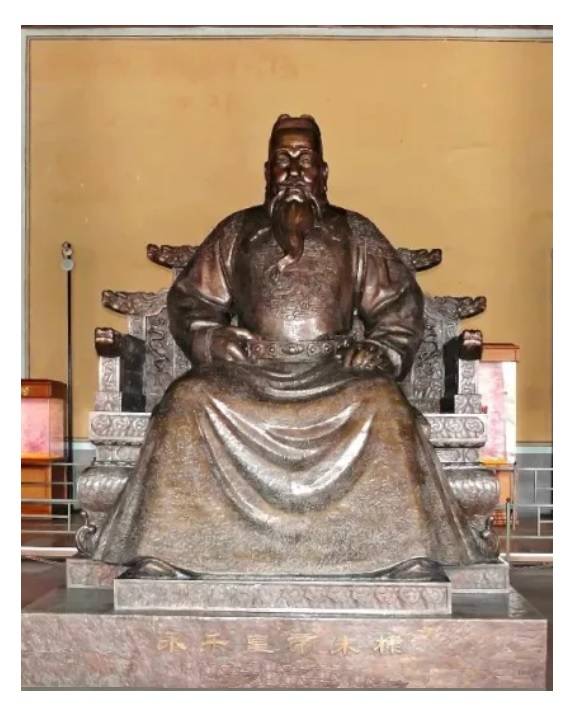
Statue on the tomb of Emperor Zhu Di. Changping area. Beijing.
Strengthening of the Oirats
In 1425, Arugtai installed Adai Khan (1425–1436) on the khan's throne.
He decided to take advantage of the strife in the Oirat alliance, defeated them together with Adai Khan, capturing his grandson Khudhai-Taya.
In revenge for the fact that he was a servant in captivity of the Oirats, he performed a rite on the boy, turning him into a servant too:
After that, Togon began to graze the sheep of Arugtai, and then was released. The leader of the Vala tribe, after some time he gathered an army of Oirats.
The Chinese continued the traditional policy of "divide and rule", supporting the Western and Eastern Mongols, and the Mongols (1428) and Oirats (1431 and 1434) carried out war-raids on the borders of China.
The grown-up Togon claimed that the Mongols live carelessly and are not ready for war.
The Oirats attacked in 1434 and ended with the defeat of the Eastern Mongols: Arugtai was killed.
And in 1438 Toghon also killed Adai Khan. Togon became taishi, and he elevated to the khan's throne through the election of Daisun (or Taisun) khan (Togtoga-Bukh) at the kurultai (1439–1452).
His successor as taishi was his son Esen (1407–1454) under the great khan Daisun.
But Esen pursued an independent policy. Both the interests and positions of Daisun and Esen often did not coincide.
Mongolian power is back?
Esen abruptly changed the policy towards China.
He was able to temporarily unite all the warring tribal associations of the Mongols.
The requirements for the Ming Empire were not global, but rather standard for China's relationship with the "barbarians": trade and permanent embassies with merchants in the Celestial Empire.
On the Chinese side, the mechanism to ban trade with nomads has always played an important role. On the part of the nomads, the choice was simple: if it is impossible to get what you need by exchange, then by war.
By the way, the same trade expeditions were made by the Rus to the agricultural empire of Byzantium.
But the nomads would not have been nomads, they, of course, went in huge numbers to the embassy, since according to the rules of etiquette it was necessary to give gifts to all those who arrived.
So, by the way, both the Tatars in Russia and the Crimean Khan acted. In 1448, 3 "ambassadors" arrived, and the Chinese refused to supply all of them with gifts.
Esen, who believed that he now had enough strength, decided to strike at the farmers using this excuse.
Of course, there could be no question of conquering the Ming Empire, it was just a raid of all the Mongols for booty and preferences.
But who knows how things can turn out in a war?
So, three columns of Oirats moved to China, Esen moved to Datum (modern Shanxi province), where he defeated the 40th Ming army.
Zhu Qizhen (Ying Zong) (1439–1449), the grandson and great-grandson of the warrior-emperors, did not possess military talents himself.
But on the advice of the all-powerful eunuch Wang Zheng, he personally led the army. A huge army was recruited in the south, and without any preparation moved north. Wang Zheng, who profited from supplies to the army, in reality did not provide her with food on the way.
The campaign was organized as a parade, Wang Zheng and Zhu Qizhen thought that the northern barbarians, seeing huge forces in armor and with banners, would scatter.
Despite reports from the head of the department of astronomy that the stars did not favor success, the emperor continued to move.
In addition, in the month of August, a terrible bad weather began. The same bad weather as before the arrival of Genghis Khan in Jin.
But Wang Zheng drove the troops forward, since he and his relatives had land holdings in the Datum district.
The Mongols defeated the Chinese vanguard and beat the approaching troops in parts.
Members of the government tried to beg the emperor to sit out the bad weather with the army behind the walls of the fortified Xuanfu, but the "first" minister forced them to kneel all day and did not allow them to the emperor. The chancellor of the academy offered to kill the usurper eunuch, but there were no daredevils.
And the hungry army in the most inclement weather walked along the road, littered with the corpses of recently dead comrades. A black cloud appeared in the sky, in such conditions the nerves of the soldiers could not stand it, and they began to retreat.
An attempt to make the withdrawal more or less orderly ran into resistance from Wang Zheng, who was afraid that the troops would pass through his lands and devastate them. He himself invited the emperor to rest in his estate.
During the retreat, it rained endlessly, when the army built a camp for a halt, a black cloud rose over the camp again, and light remained around it.
On this day, a message came that the Oirat-Mongolian army had defeated the rearguard and was on its heels. The new army sent to the rearguard was defeated by the Oirats.
The army had the only salvation - to go beyond the Great Wall of China.
But even here, as is often the case in history, where there is no place for formal logic, chance intervened.
Tumubao Incident or Battle
The army went out into the desert zone, where the rain had stopped.
At the Tumubao (or Tuma) postal station near the city of Huailai, the army was now without water, Wang Zheng did not have time to evacuate his property, so he forced the troops to wait for the arrival of his convoy.
And instead of the wagon train, steppe warriors arrived.
Esen quickly orientated himself in the situation, cutting off the Chinese from the only source of water, the river. When trying to break through to it, the Mongols defeated part of the army and attacked the camp.
On September 1, 1449, Zhu Qizhen and Wang Zheng tried to break through, but the Mongols drove them back to their camp.
Wang Zheng was shaking with fear, as he was found by the commander of the Tumubao garrison Fang Zhong, who killed the hated usurper with a club.
The Mongols urged the soldiers to surrender and immediately killed them.
During the general panic, all the commanders and all the top dignitaries of the Ming were killed.
The rain of arrows swept away everything in its path. And the emperor sat down on the ground and began to expect death.
Thus was born the legend of Emperor Ming's immortality.
But he was captured and taken to Esen, who was speechless from unexpected luck.
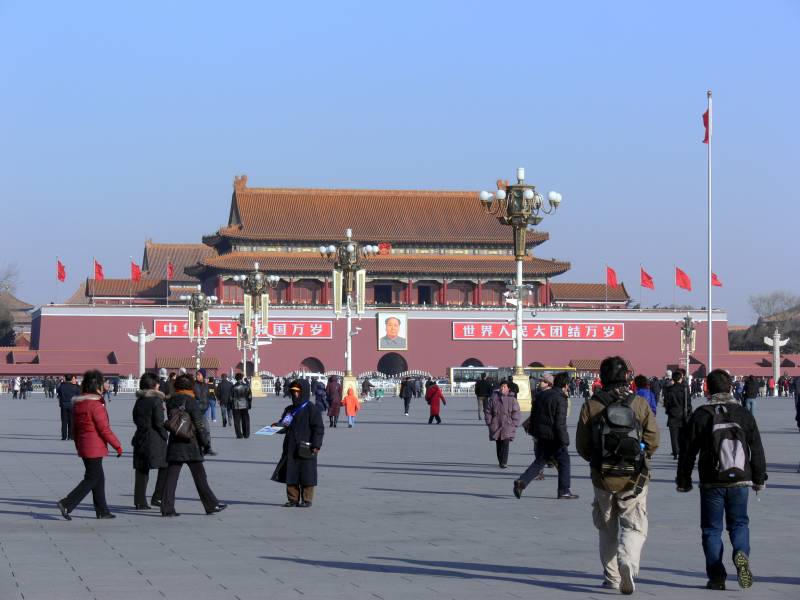
Forbidden City built during the reign of the first Ming emperors. Beijing. China. Photo of the author.
But Esen was not only speechless.
After the complete defeat of the huge Ming army, the path to the capital Beijing was completely free. In the battle (or rather, the beating), all the main dignitaries of the Chinese state were killed, and there was no one to defend the capital.
Esen did not take advantage of this, but having plundered the surroundings, he went north, where he began to expect the Chinese embassy.
The Ming army was led by Yu Cang, who at the military council spoke in favor of cutting off the heads of all cowards and fugitives from the ranks of the army. His proposal was supported.
The Chinese put things in order, fortified the capital, and declined a fantastic ransom for the emperor. Moreover, as they say, a holy place is never empty and there are no irreplaceable rulers either.
They became Cheng Zhu Qiying.
In October 1449, having lost precious time, Esen approached Beijing; in the battle for Beijing, the Chinese massively used artillery. The Oirat commander Monokhai and the younger brother of Esen died from the core, the nomads were unable to break through the defenses, and after the shelling from artillery and siege weapons, the cavalry of the empire went on the attack.
Esen began to retreat, his attempt to reorganize the troops failed, and there was a wholesale flight of the Oirats.
In March 1450, he launched another attack on Beijing, but it was unsuccessful. Esen was forced to release the emperor and conclude a mutually beneficial trade agreement.
Various sources tell in different ways about how the emperor lived in captivity, but all report miracles associated with him: some say that he favorably influenced the life of the Oirats, others say that, on the contrary, it rained and there were endless storms and death.
Soon the emperor returned to China. The superstitious nomads quickly released the powerful lord with honors.
I already wrote in an article on VO dedicated to the creation of the empire of the Yuan dynasty by Khubilai that it was common for the medieval mentality to deify rulers and attribute supernatural properties to them.
As for the deterioration of weather conditions, they really took place during this period: from China to the West, in 1453 the same “signs” were before the fall of Constantinople.
But in Mongolia, new problems were brewing. And they were also associated with the luck of the leader.
Esen did not manage to take advantage of the captive emperor in any way, he could not bring the benefits that both the Oirats and the Mongols expected from him.
In the steppe, the right to leadership had to be constantly confirmed by deeds, after not very successful campaigns in the southern direction, the great Khagan Daisun decided to finally put an end to dual power in the Mongolian steppe.
So in 1454, the troops of the western and eastern Mongols met.
Yellow Story says:
But the Oirats lured his brother Dayan Khan to their side and defeated him, the Khan died.
And Esen declared himself the "August Great Khagan of the Yuan Dynasty" in 1454. But that didn't help him much.
The Mongolian tribes, as it were, returned to the period that was before Genghis Khan was able to unite them, placing supra-tribal structures above the tribes and clans.
The specifics of economic activity constantly returned the nomads to the whirlwind of petty tribal grievances and showdowns. The descendants of the Great Khan from the dynasty turned into just a clan. With the loss of the main goal of enrichment through war with the agricultural peoples, the need for concentration of power disappears.
And the lack of resources, which they had already managed to seize once from the weak Tanguts at the beginning of the XNUMXth century, did not make it possible for the tribes to rally to concentrate forces and to capture just these same resources. It turned out a vicious circle.
So, the leader of the right wing of the Oirats came out against Esen and ... defeated him.
The Khagan fled, but was captured by the Mongol Bahu. It was the son of Bukhe-Sorsun, whom Esen had once killed.
The son fully avenged his father by hanging the “khan of the Yuan dynasty” on a tree.
But this is not the end of the story.
To be continued ...
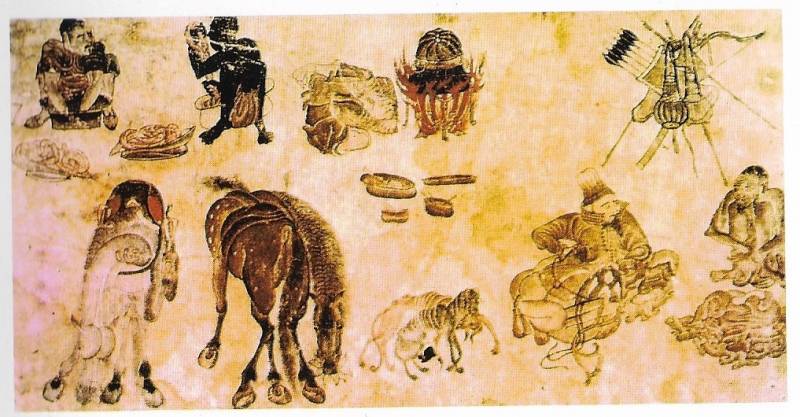
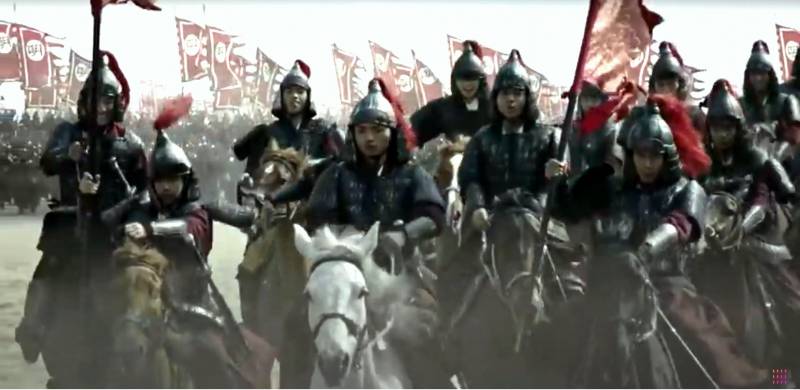
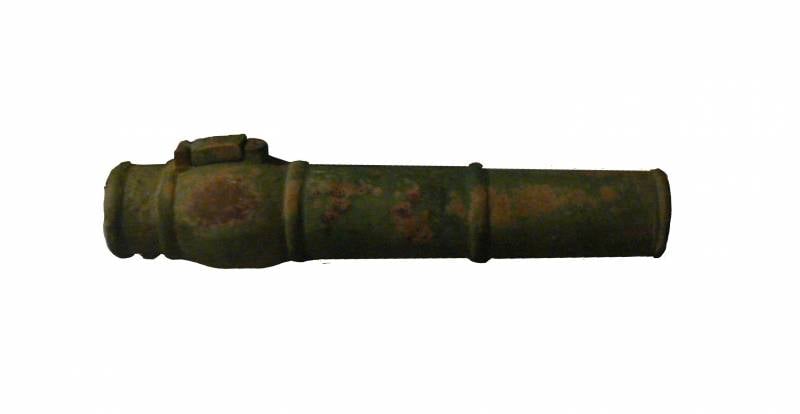
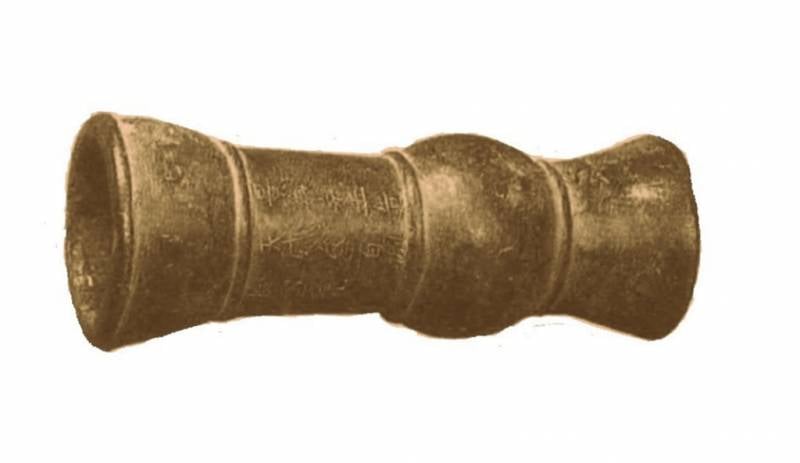
Information